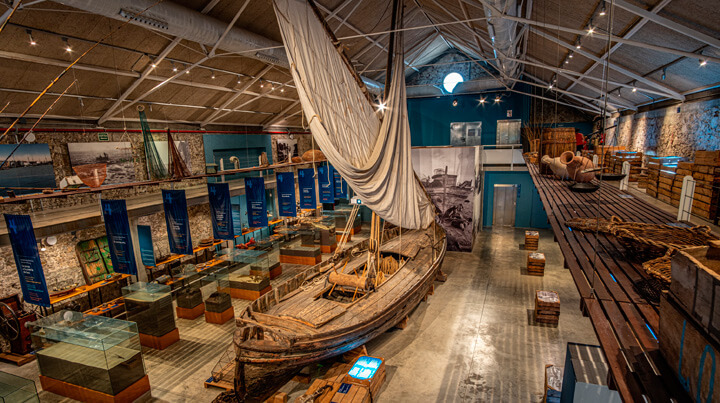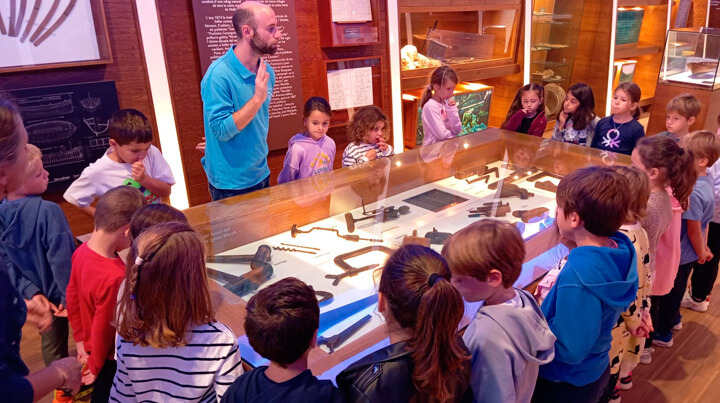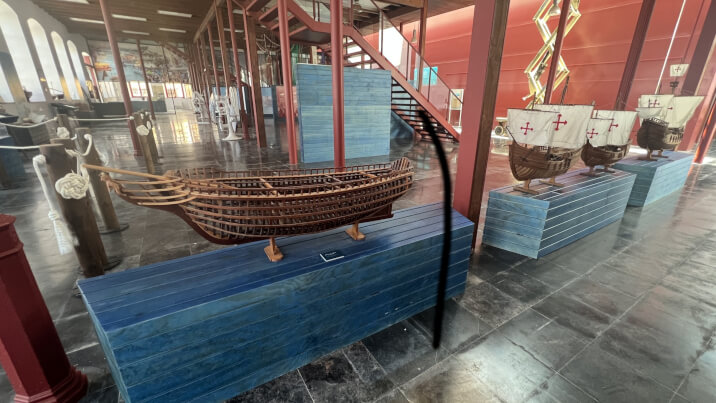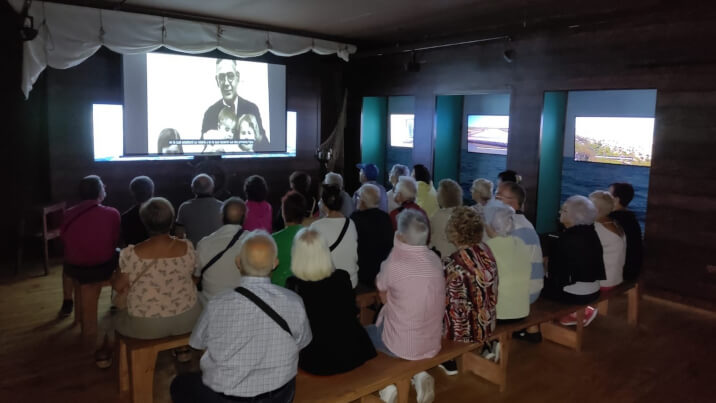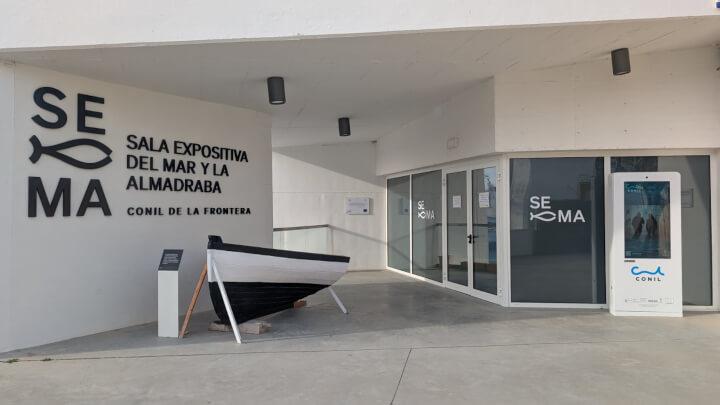
Spanish Fishing Tourism Network
The Fishing Tourism Network is a project financed with funds from the European Union's Next Generation recovery program, within the call for proposals for “Tourism Experiences Spain“ of the Spanish Ministry of Industry and Tourism
Contact details
-
Email
info@turismopesquero.es
